2 Concerning Studies: CBD & THC Enact Potent P-Glycoprotein Inhibiting Effects, Raising Very Concerning Questions About Heightened Ivermectin Toxicity For Marijuana Users
Is The Ivermectin Crusade A WAR ON STONERS?!
Video Walk Through Now Available! Watch Here
Series Recap:
In previous articles we’ve discussed some very concerning research around the role of diminished or inhibited P-glycoprotein (PGP) in enhancing the poisonous effects of toxic Pgp substrates like ivermectin, especially at key blood barriers like the brain, testes & placenta.
P-glycoprotein Deficiency (Genetic Or Drug Induced) & Increased Ivermectin Toxicity
Pig Study Raises MAJOR Questions Of Dangers Of Combining Quercetin & Ivermectin
According to the studies and articles on this topic, it seems PGP plays a pivotal roll in pumping the toxic ivermectin out of cells. This is an important defense for ivermectin users because the drug has been found by numerous researchers to be cytotoxic, genotoxic, neurotoxic and impairing of cell growth & fertility … until it kills at a sufficiently large dose.
Now let’s turn our attention to another potent Pgp inhibitor: CBD, a widely used component of marijuana.
Research By Zhu Et Al Finds CBD Is A “Potent Pgp Inhibitor”
In a paper called 'Characterization of P-glycoprotein inhibition by major cannabinoids from marijuana' by Zhu et al, the researchers found that CBD is a "potent P-gp inhibitor" with inhibitory concentration "comparable with that of … verapamil"
Full Report: https://sci-hub.ru/10.1124/jpet.105.098541 (PubMed)
"CBD exhibited concentration-dependent inhibitory effects on the VER-stimulated P-gp ATPase activity with a calculated IC50 value of 39.6μM"
"CBD Increased the Intracellular Accumulation of Rh123 and DOX in LLC-PK1/MDR1 and Caco-2 Cells. The inhibitory potential of CBD on the activity of P-gp efflux was tested in Caco-2 and LLC-PK1/MDR1 cells. CBD caused a concentration-dependent increase in the intracellular accumulation of both Rh123 and DOX in Caco-2"
For the following excerpts, know that Verapamil (referred to in the paper as "VER") & PSC833 are potent Pgp inhibitors that CBD is being measured against to determine its ability to inhibit Pgp functionality.
Caco-2 Cell Line
"The intracellular accumulation of Rh123, a classic P-gp fluorescence substrate, was enhanced 1.5- and 2.2-fold in the presence of 10 and 30μM CBD, respectively (p < 0.01). The accumulation of DOX, another well known P-gp substrate, was also increased to 1.6-, 3.7-, and 7.4-fold in the presence of CBD at the concentration of 3, 10, and 30μM, respectively (p < 0.01). The classic P-gp inhibitors VER (30μM) and PSC833 (1μM) exhibited potent inhibitory effects on the P-gp efflux function and resulted in a significant increase of intracellular accumulation of both Rh123 and DOX in Caco-2 cells (p < 0.01 versus control)."
LLC-PK1/MDR1 Cell Line
"The intracellular accumulation of Rh123 in LLC-PK1/MDR1 cells was significantly increased by 20 and 100μM CBD or 1μM PSC833 (118.3%, 216.90% and 258.69% of the control, respectively; p < 0.01). A more potent P-gp reversal effect of CBD was found when DOX was used as the P-gp substrate. The accumulation of DOX in LLC-PK1/MDR1 cells was enhanced to 199.96%, 437.53%, 1420.97%, and 1166.59% of the control by 5, 20, and 100μM CBD and 1μM PSC833, respectively (p < 0.01)"
"Flow-cytometry experiments also indicated that CBD increased the intracellular accumulation of Rh123 by inhibiting P-gp function in a concentration-dependent manner (Fig.5). The IC50 values of CBD, VER, and PSC833 were 8.44, 6.99, and 0.38μM, respectively."
"These data indicated that CBD significantly increased the intracellular accumulation of Rh123 and DOX in Caco-2 and LLC-PK1/MDR1 cells in a concentration-dependent manner (Figs. 3 and 4)."
According to their research, Zhu et al calculated the "P-gp inhibitory potency of CBD… in LLC-PK1/MDR1 cells": IC50 = 8.44μM. This means that at this concentration, the compound is able to inhibit Pgp activity by 50%. To put this concentration in perspective, using the molar mass of CBD (approximately 314.464 g/mol), the concentration of 8.44μM equates to just 0.0101 g/gal. How does this relate to Verapamil? The authors compare the Pgp inhibitory effects to Verapamil:
"The P-gp inhibitory potency of CBD is comparable with that of classic P-gp inhibitor, VER (IC 50 = 6.99 μM)."
"When given orally, CBD concentration in the gastrointestinal tract may reach a level high enough to produce a potent inhibitory effect on P-gp activity of intestinal epithelium and result in the enhanced bioavailability of P-gp substrates… Furthermore, since localized tissue accumulation of lipophilic compounds commonly occurs, CBD tissue concentration is expected to be higher than that in plasma… considering the frequently extensive, and long-term heavy use of marijuana, it is a reasonable assumption that CBD concentration may reach a much higher level in some heavy users than that in patients treated at typical investigational doses."
Holland Et Al. Cannabinoid Research Shows CBD Is A P-Glycoprotein Inhibitor
In a paper called 'The effects of cannabinoids on P-glycoprotein transport and expression in multidrug resistant cells' by Holland et al researchers measured the impact of CBN (cannabinoids), CDB (cannabidiol) and THC (Δ9-tetrahydrocannabinol) on PGP(P-glycoprotein) activity as well as Pgp substrate accumulation & toxicity.
Full report: https://sci-hub.se/10.1016/j.bcp.2005.12.033 (PubMed)
“In CEM/VLB100 cells, prolonged 72 h exposure to the cannabinoids, THC and CBD, decreased P-gp expression to a similar extent as the flavonoid, curcumin (turmeric). This correlated with an increase in intracellular accumulation of Rh123 and enhanced sensitivity of the cells to the cytotoxic actions of the P-gp substrate, vinblastine.”
Cell Lines Used:
CCRF-CEM is an “acute T lymphoblastoid leukaemia cell line” from peripheral blood of a 4 year old female, Caucasian patient with acute lymphoblastic leukemia
CEM/VLB100 is a “P-gp over expressing, multidrug resistant” “acute T lymphoblastoid leukaemia cell line” derived from the CCRF-CEM parent cell line
This chart shows the variation of the accumulation of the toxic Pgp substrate called Rh123 in CEM/VLB100 cells based on pre-incubation with CBD, THC & curcumin (a Pgp inhibitor found in turmeric)
The next two charts look at the P-gp levels after being exposed to curcumin, CBD, and THC. The first chart examines the amount of Pgp in the crude membrane and the second chart looks at the whole cell lysate
Next the researchers looked into how what concentration of the toxic Pgp substrate vinblatine was required to achieve cytotoxicity IC50 in the two cell lines:
“Rh123 accumulation in the high P-gp expressing, CEM/VLB100 cells was significantly reduced compared to the parental CCRF-CEM cell line”
Keep in mind the concentrations of vinblastine required to kill 50% of the cells is vastly different between the two cell lines. The CEM/VLB100 cell line has enhanced Pgp protections vs its parent cell line CCRF-CEM. In the cell line without Pgp fortification, it only takes 0.79% of the vinblastine amount to achieve IC50 cytotoxicity.
This gives us an idea how the CBD & THC compare to the known PGP-inhibitor Verapamil. The largest relative reduction to the IC50 cytotoxicity of vinblastine occurred when the CEM/VLB100 Pgp fortified cell line had 10 μM Verapamil added. When 10 μM CDB and THC were added to the CEM/VLB100 Pgp fortified cell line, the cells experience a similar but less extreme decrease to the cytotoxicity IC50 of vinblastine.
“Prolonged 72 h exposure to the cannabinoids, THC and CBD decreased P-gp expression in the CEM/VLB100 cells, with a concomitant increase in intracellular Rh123 accumulation and enhanced sensitivity to the cytotoxic actions of the P-gp substrate, vinblastine.”
This suggests that the fortified cell line’s additional Pgp is pumping the toxic vinblastine out, allowing cells to sustain much higher vinblastine concentrations before cell death kicks in. But as the Pgp is progressively inhibited, the cells quickly approach the susceptibility of the cells without Pgp fortifications. This is another study on a mountain of evidence showing the correlation between the abundance of uninhibited P-glycoprotein and reduced toxicity from Pgp substrate poisons.
Here are 3 excerpts from my prior articles to highlight the importance of Pgp in shielding animals from the toxic effects of ivermectin.
Importance Of Pgp In Defending Against Ivermectin’s Toxicity
Here are a few studies that show just how important Pgp is in protecting animals’ bodies:
In a 1994 paper called ‘Disruption of the mouse mdr1a P-glycoprotein gene leads to a deficiency in the blood-brain barrier and to increased sensitivity to drugs’ by Schinkel et al, researchers calculated the lethal dose thresholds for 2 polymorphisms of mice: mdr1a (+/+) & mdr1a (-/-) (full report):
The dosage required to kill 10% of mice is 98.6% less in the mdr1a (-/-) polymorphism vs the mdr1a (+/+) polymorphism. The dose to kill half the mice population was 99% less for the mdr1a (-/-) polymorphism than the mdr1a (+/+) polymorphism. Also note how the reduced Pgp levels seem to result in much higher concentrations in vital tissues, especially the brain:
In a study called ‘Effect of ivermectin on male fertility and its interaction with P-glycoprotein inhibitor (verapamil) in rats’ by El-Nahas & El-Ashmawy (full report)
There is a sizeable 12% reduction in sperm count after ivermectin of 343.3 million sperm per ml compared to the 392.3 million sperm per ml in the No-Ivermectin control group. There is an even more profound 46% reduction in sperm concentraion when the ivermectin is paired with a Pgp inhibitor.
The abnormal sperm rockets up 59% with Ivermectin and a Pgp-inhibitor. Sperm motility drops 8% with Ivermectin and 23% with Ivermectin paired with Pgp-inhibitor
When paired with Pgp inhibiting verapamil, athe effects of the Ivermectin are much more deleterious to the male fertility metrics
In a 2003 paper called ‘Lethal quercetin-digoxin interaction in pigs’ by Wang et al, researchers were blindsided by sudden, unexpected deaths within minutes of poisonous Pgp substrate digoxin having been administered concurrently with quercentin (a Pgp inhibitor) (full report)
“The coadministration of 40 mg/kg quercetin significantly elevated the Cmax of digoxin by 413% and increased the AUC0-t by 170%. The results indicated that a very serious pharmacokinetic interaction occurred between quercetin and digoxin. The concomitant administration of digoxin and quercetin or quercetin-containing herbs and dietary supplement should be avoided.”
“Unexpectedly, within 30 min after drug administration, two of the three pigs receiving combined therapy died suddenly, and the third pig suffered from typical mild symptoms of acute digoxin intoxication i.e. anorexia, nausea and the symptoms lasted up to 5 h.”
“Quercetin significantly increased the mean serum concentration of digoxin at 20 min by 165%.”
The difference in peak serum concentration was 413% higher in the quercetin + digoxin group than the digoxin alone group (8.8 vs 1.72)
“In summary, quercetin significantly enhanced the absorption of digoxin in pigs, possibly through the inhibition of intestinal P-gp. Such interaction would cause serious adverse drug reaction clinically if quercetin and digoxin were concomitantly administered. It is suggested that concurrent use of quercetin or quercetin glycoside-containing herbs or dietary supplements with digoxin or other P-gp substrates should be avoided, otherwise close monitoring of the critical therapeutic drugs is required.”
This is very concerning given that ivermectin is also an acutely toxic P-gp substrate!
Full video playlist on Ivermectin toxicity:


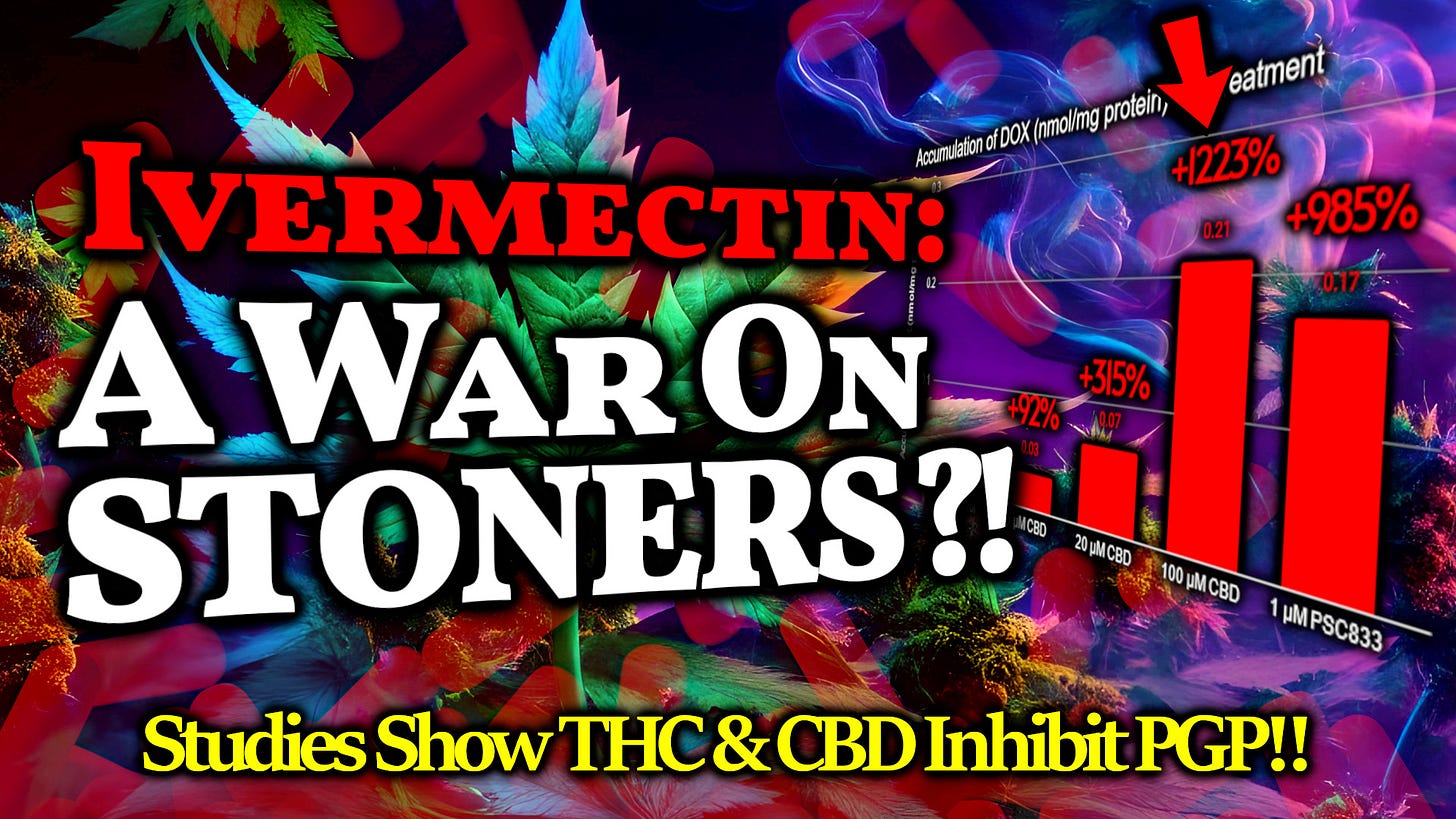
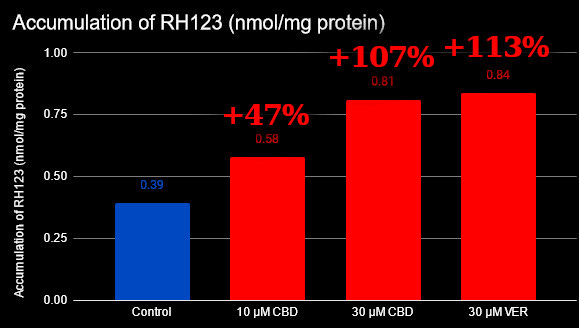
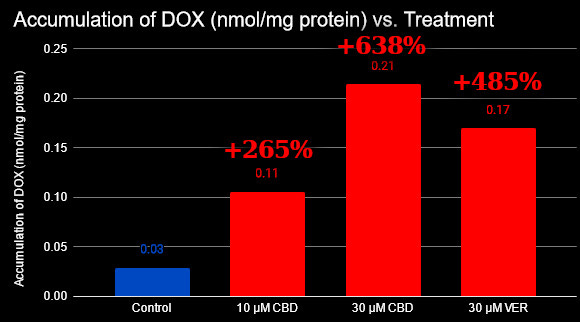
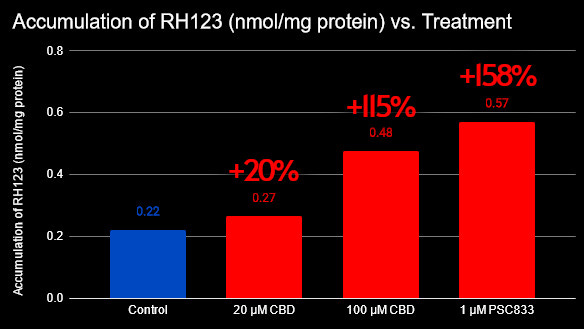
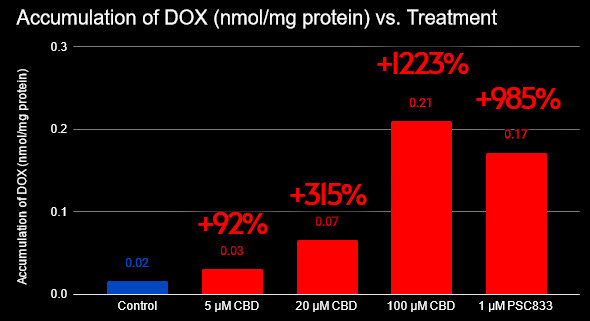

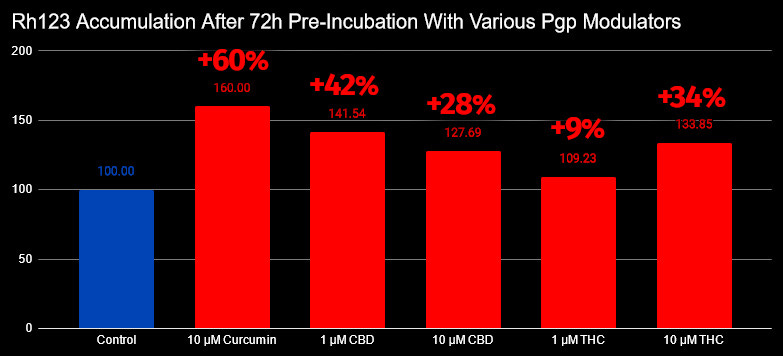
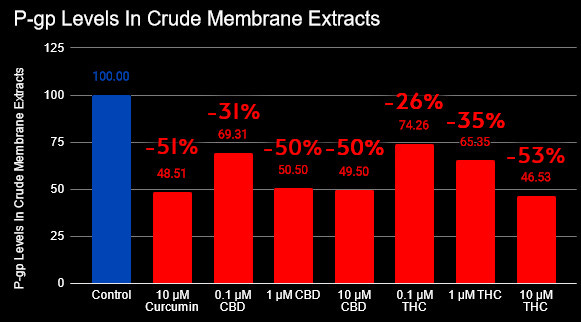



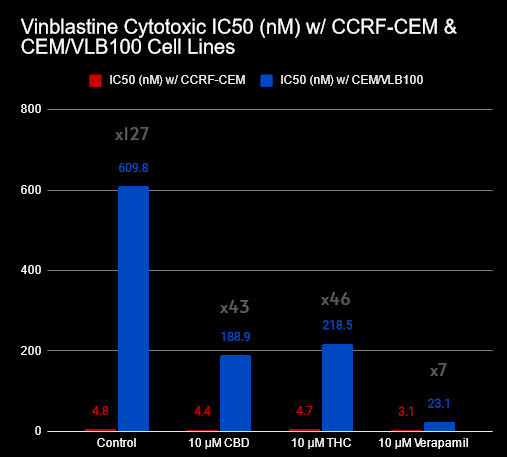


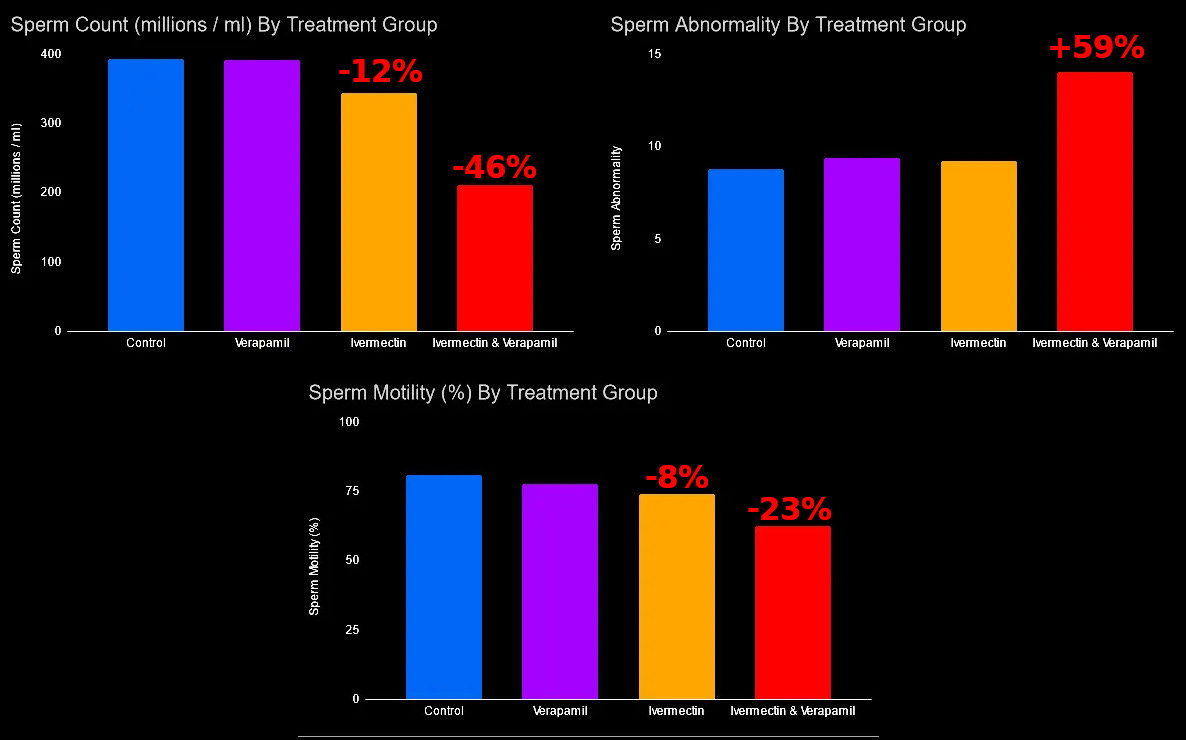

Does this mean ivm never leaves the body as long as CBD, Natto, Vitamin K etc. are being taken?
I have a theory that the regular "alternative medicine" doctors, who often recommend this have been fed wrong information. I don't mean the obvious "tv/internet docs" who pushed ivm, but the regular ones you might see in any city. My functional medicine doc has been recommending some of these things (quercetin, zinc) for decades. I suspect they have also infiltrated those doctors networks and educational resources for a very long time. My functional medicine doc is actually clueless about the harms of the shots (though he never promoted them). But he has helped a lot of people. But some of his advice I don't follow, if it doesn't make sense. Supplements always seemed the lesser evil for things like blood pressure, etc.